Response to Trevor Strunk

Trevor Strunk’s “Alone in a World of Objects” is a welcome and persuasive addition to the sparse literature on the aesthetics of video games. Generally, as Strunk has elsewhere argued, scholarly attempts to legitimize videogames as an object of study have appealed to the medium’s obvious connections to novels, as in the case of Anastasia Salter’s What is Your Quest? (2014), or art history, per Andy Clarke and Grethe Mitchell’s Videogames and Art (2007, 2014). Yet in part because of these texts’ limited artistic horizons, neither offered a clear sense of what a “videogame aesthetic” might be. Strunk’s primary contribution, here, is to lay out the foundations for asking such questions in ways that take seriously the distinctiveness of the medium.
Experience and Experimental Writing: Literary Pragmatism from Emerson to the Jameses

Consider looking at that cursive “c” through a microscope, the edges of the dried ink branching out in irregular furrows into the fabric of the paper. Could Dickinson mean that? Could any human mean that? Would ever more powerful microscopes uncover more and more layers of meaning? It made sense to me to think the answers here should be “no.”
Modernism, Theatricality, and Objecthood
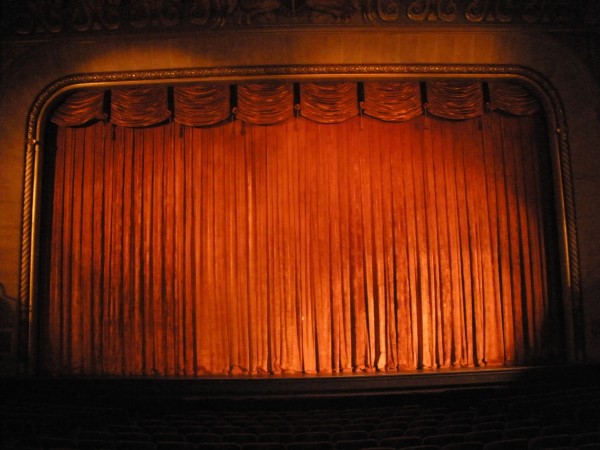
The imperative to establish an artistic medium means that the artist herself must somehow assume the authority to determine and declare how her work is to count for us, determine as just what medium of art it is to confront its specific possibilities of success and failure. In art, as well as in ordinary speech and gesture, possibilities of meaning and expression exist only insofar as there are answers to the criterial questions of what sort of thing is the subject of expression here, what speech, what action, what medium of expression.
Authors and Authority: On Art, Objects, and Presence
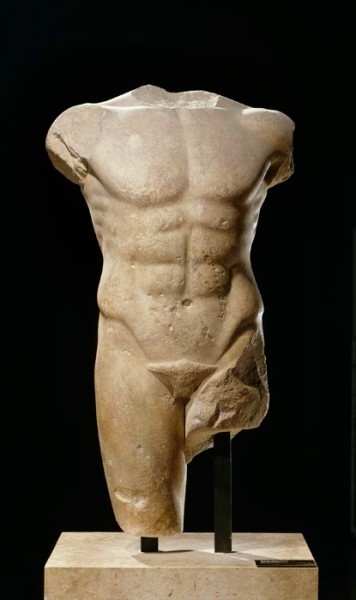
How do we know what counts as true to art, of “art as such”? Take a parallel case: In the sixteenth century, arguments over what counts as Scripture raised the question of precisely what makes something Scripture. What can count as proof—for one cannot ask the author, and certainly not the Author? The key here is the experience of finding oneself in (absorbed by) what has a claim to be art—or in this case in what claims to be Scripture. “Art as such” gives this: art is thus never primarily representation.
Missed Connections
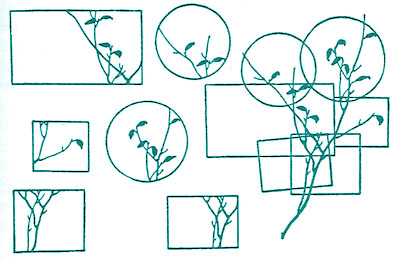
Thinking in this way, we might recast Fried’s wonder about why modernist artists went to the cinema. Perhaps they were not (just) seeking refuge from the burdens of the seriousness of their work; perhaps they saw in the cinema a range of different ways of negotiating the same questions about the relation of artwork to beholder that they were themselves preoccupied with. On this view, cinema does not stand apart from Fried’s modernist history; it continues that history by other means.
The Stakes of Modernist Acknowledgment

It is important to recognize, when reading his critique of literalist sensibility in “Art and Objecthood,” that his view of literalness and contingency is not that these should be abolished from artworks (as though that could ever be possible! Mallarmé reminds us that it’s not), but that the literal and contingent properties of a work should be acknowledged and incorporated into it, creating an intimate and non-arbitrary relation between a work’s literal conditions and its configuration, between its situation and its syntax. The problem is not literalness, but what one does with it.
Art and Objecthood: Fried against Fried

It is just this split that Fried introduces into the world, and after which there is no going back because no matter how far back we go there is always the same doubling (this is part of the meaning of the Caravaggio book, which sees the problematic of absorption in a period notionally before modernism) and no outside (because even indifference is now only an attempt to overcome a prior scepticism, that is, an effort at absorption). All this is exactly that willed indifference that Fried evokes through Diderot in Absorption and Theatricality, in which painting must seek the “superior fiction” of not being beheld, just as the actor must ignore the audience in front of them (and this effect of will applies in Diderot—this is the important point—whether there is an actual audience or not).
A Marginal Note on “Art and Objecthood”
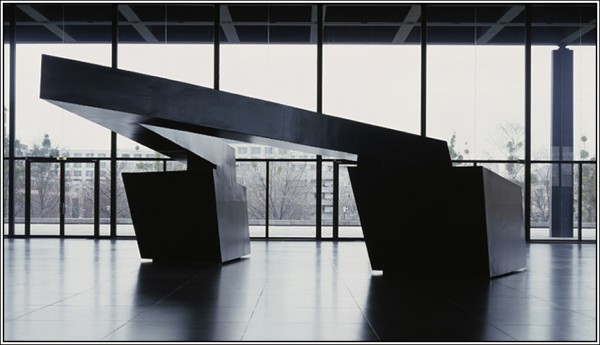
“Art and Objecthood” reminds us that the past is a foreign country, as the (now) quite obscure British author L.P. Hartley was the first to say. It belongs to an era in which Artforum was full of writing about art, and where the question of whether what was being discussed was worth considering as—or, as Fried’s essay asks, even was—art, was thought to be important. There could be no hint in the essay, or of any thing or of the artists to which it refers, of the anthropological haze moist with sanctimony that has since descended, obscuring and diluting questions having to do with aesthetic judgment while seeking to wash them away altogether.
The Reality Contract: Rope, Birdman, and the Economy of the Single-Shot Film
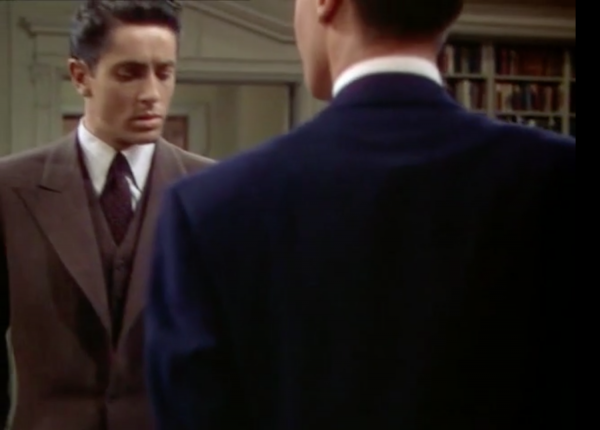
Perhaps not surprisingly, the history of Hollywood production mirrors the history of venture capital in the United States, as each new film presents an idiosyncratic set of risk factors, and each new production or distribution technology distorts return forecasts for a new generation of film speculators.
Issue #21: “Art and Objecthood” at Fifty
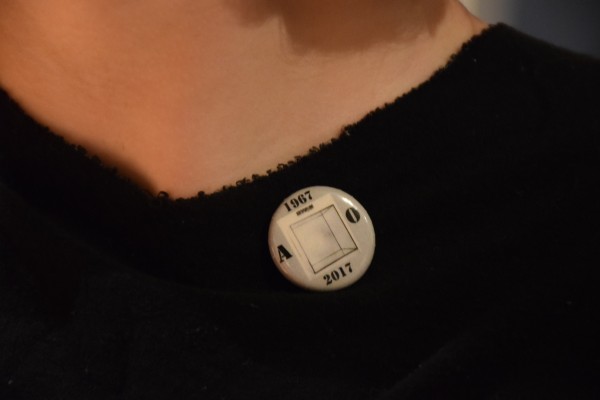
For fifty years, Michael Fried’s “Art and Objecthood” has set the terms for the discussion of minimalism, or as he prefers to call it, literalism. More than just a commentary on a controversial set of works that challenged and largely eclipsed high modernism, “Art and Objecthood” has itself remained the subject of intense debate since it was first published in Artforum. It raises questions about the nature of art, of experience, of criticism, and of the relation of history to all of the above. For some of us, partisans as well as opponents of Fried’s views, “Art and Objecthood” is inevitable–a challenge that cannot be avoided. The essays and appreciations gathered in this issue offer variety. They are by “Art and Objecthood”‘s admirers, if not partisans, and suggest the breadth of ways its challenge can be felt and met. Fried’s battle with minimalism may be a topic for art historical study, but we are not finished reading “Art and Objecthood” yet. Our next issue will continue the discussion.
